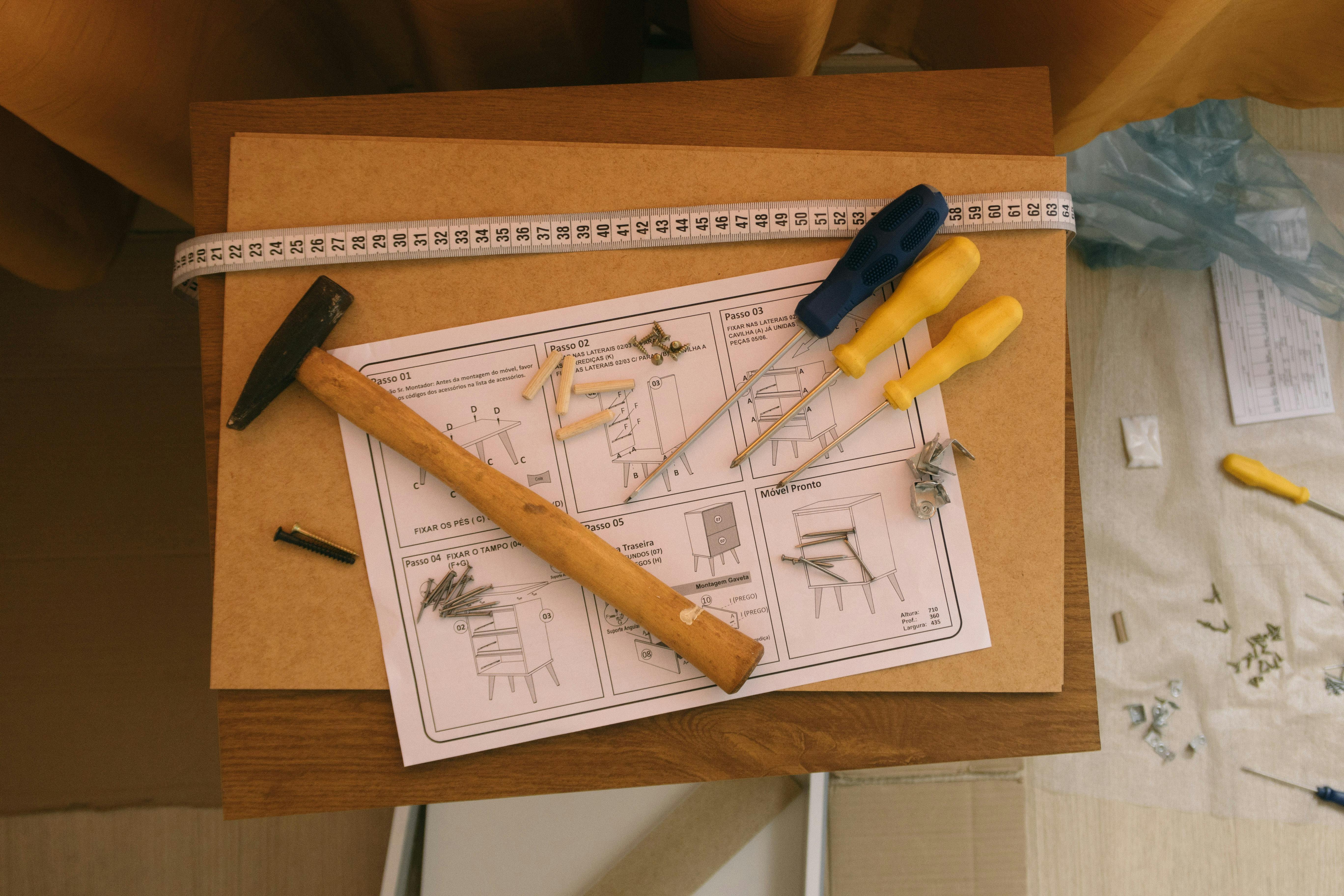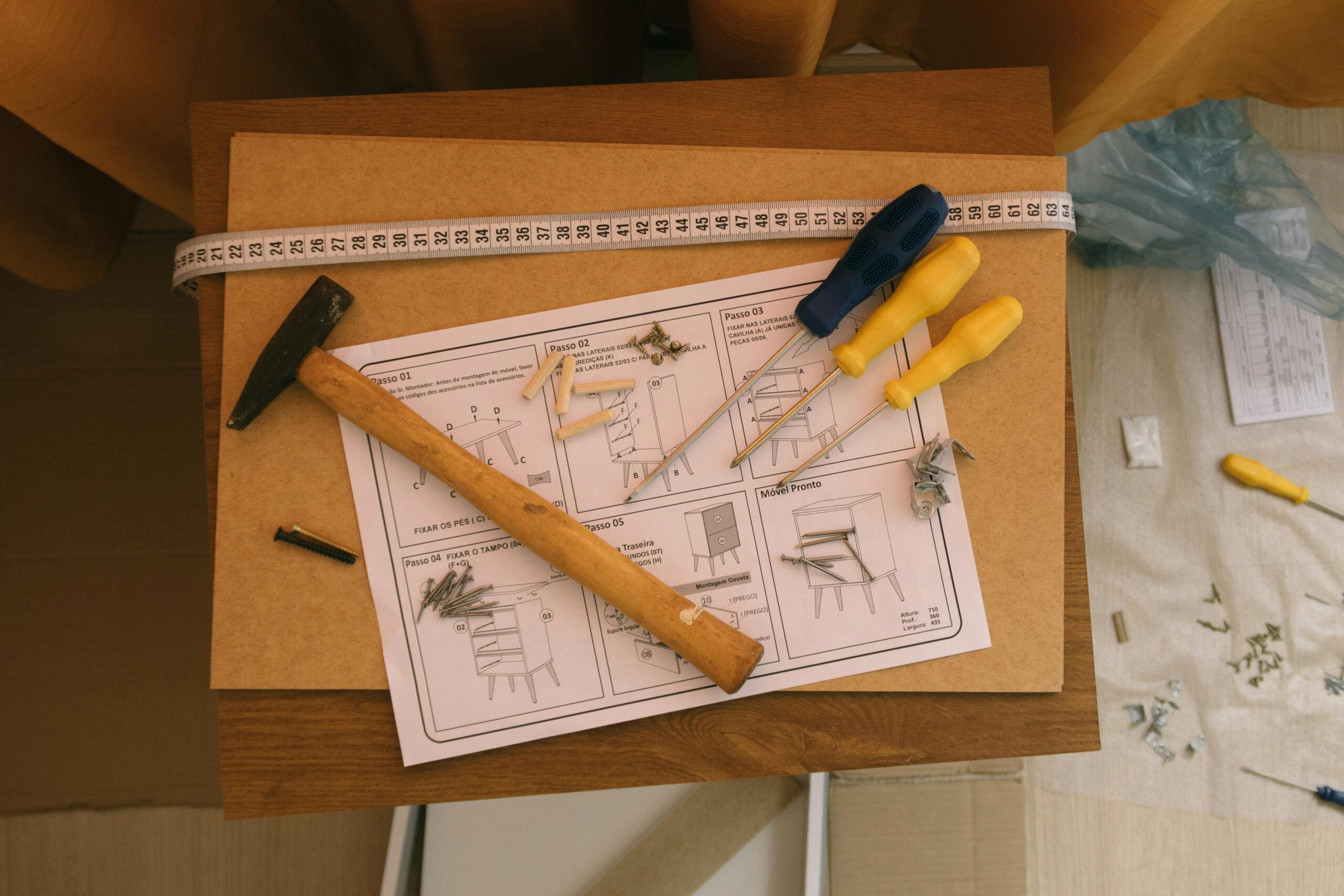Choosing the Right Drawer Guide Home Depot Options
Drawer guides play a crucial role in the functionality and longevity of cabinetry in homes and offices. Whether you’re remodeling a kitchen, building new furniture, or upgrading your existing drawers, understanding the types and applications of drawer guides is essential. In this guide, you’ll discover everything from basic principles to advanced installation tips—making your next drawer project at Home Depot a success.

Understanding the Fundamentals
Drawer guides, also known as drawer slides, are mechanical devices that allow drawers to move in and out smoothly. They come in several types, each offering different benefits in terms of motion, durability, and weight capacity. Over the years, the drawer guide market has expanded significantly, especially with innovations available at retailers like Home Depot.
Understanding how drawer guides work and what differentiates them can save you time and money during your renovation or DIY project. Think of them as the unsung heroes behind every effortlessly gliding drawer in your home.
1.1 Side-Mount Slides
Side-mount slides are attached to both the drawer and the cabinet sides. These are the most common type available at Home Depot, favored for their simplicity and strength. According to a 2023 industry report, side-mount slides account for over 60% of the home improvement market due to their cost-effectiveness.
They are excellent for drawers storing heavier items, such as kitchen utensils or garage tools. One common misconception is that all side-mount slides are noisy or clunky—but modern models often include ball-bearing mechanisms and soft-close features that enhance performance.
1.2 Undermount Slides
Unlike side-mounts, undermount slides are hidden beneath the drawer, offering a cleaner and more modern look. They are especially popular in contemporary kitchen cabinetry and are heavily stocked at Home Depot locations nationwide.
These slides are best suited for high-end furniture and cabinetry where aesthetics and smooth motion are priorities. They also help keep dust and debris out of the slide mechanism, contributing to a longer lifespan.
Practical Implementation Guide
Now that you know the basic types of drawer guides, it’s time to get hands-on. Installing drawer slides may seem intimidating, but with the right preparation and tools, it’s a manageable task for most DIYers.

2.1 Actionable Steps
- Measure Accurately: Start by measuring the cabinet opening and the drawer size. Choose a drawer guide that matches the depth and weight capacity required.
- Gather Tools: Essential tools include a screwdriver or drill, measuring tape, pencil, and level. Some guides may require specialty screws or brackets.
- Install Slides: Mark where the slides should go and screw them into place. Test alignment frequently to ensure a smooth glide before final tightening.
2.2 Overcoming Challenges
Common issues during drawer slide installation include:
- Misalignment of slides causing jamming
- Using incorrect screws or failing to pre-drill holes
- Overlooking weight limitations, causing sagging or failure
To avoid these problems, always follow manufacturer instructions. Use a level to double-check alignment and consider using mounting jigs for precision.
Advanced Applications
Once you’ve mastered the basics, it’s time to explore advanced uses of drawer guides available at Home Depot. These include soft-close technology, touch-to-open mechanisms, and integration with smart home systems.

3.1 Soft-Close Systems
Soft-close drawer guides ensure drawers close slowly and quietly, reducing wear and tear. They are ideal for kitchens and bathrooms where noise control is important. A case study by a California design firm found that homeowners rated soft-close drawers as a top 3 must-have feature in remodeling projects.
3.2 Heavy-Duty Slides
For workshops, garages, and utility rooms, heavy-duty drawer guides are essential. These can support weights over 100 lbs and are compatible with metal or hardwood drawers. Consider compatibility with cabinetry dimensions and mount type before choosing one at Home Depot.
Future Outlook
The drawer guide market is poised for continued innovation. Industry analysts forecast the rise of smart drawer systems equipped with sensors, integrated lighting, and wireless locking mechanisms.
Home Depot is likely to expand its line of smart-compatible drawer guides in response to this trend. For DIYers and professionals alike, staying informed about these advances ensures that every drawer in your space is future-ready.
Conclusion
In summary, choosing the right drawer guide involves understanding different types, practical installation methods, and future-ready features. Whether you’re outfitting a kitchen or organizing a garage, Home Depot offers a wide range of options to meet every need.
Start your upgrade today by visiting your local Home Depot or exploring their online inventory. Your next drawer project is only a guide rail away from perfection.
Frequently Asked Questions
- Q: What is the difference between side-mount and undermount drawer slides? Side-mount slides are visible and attach to the sides of the drawer, while undermount slides are concealed beneath for a cleaner look.
- Q: How do I choose the right drawer guide at Home Depot? Measure your drawer and cabinet dimensions, then select a guide based on weight capacity and motion preference (soft-close, full-extension, etc.).
- Q: How long does it take to install drawer slides? For beginners, each drawer can take 30–45 minutes; experienced installers may complete the task in 10–15 minutes per drawer.
- Q: How much do drawer guides cost at Home Depot? Prices vary from $5 for basic models to over $40 for soft-close or heavy-duty versions.
- Q: Are drawer slides better than cabinet rollers? Drawer slides offer smoother motion and higher durability, especially in ball-bearing or soft-close formats.
- Q: Is installing drawer guides difficult? Not at all—with basic tools and proper measurements, most homeowners can handle installation themselves.
- Q: Can I use drawer slides in commercial furniture? Absolutely. Heavy-duty and soft-close slides are ideal for office desks, storage units, and even retail fixtures.
